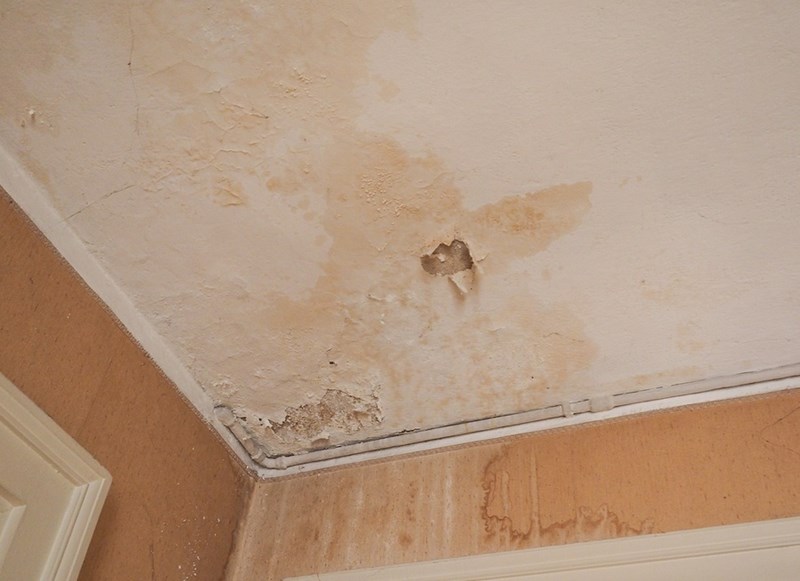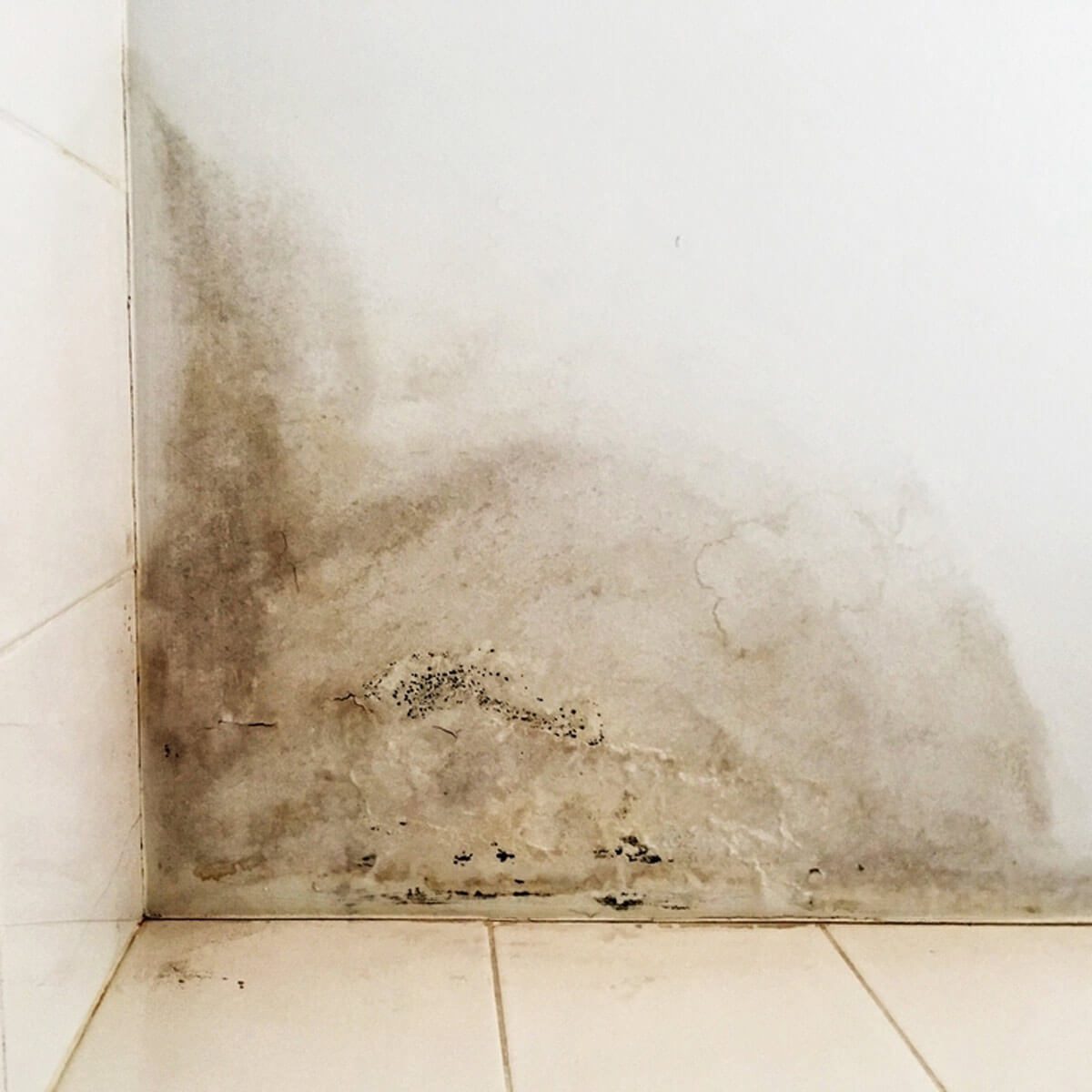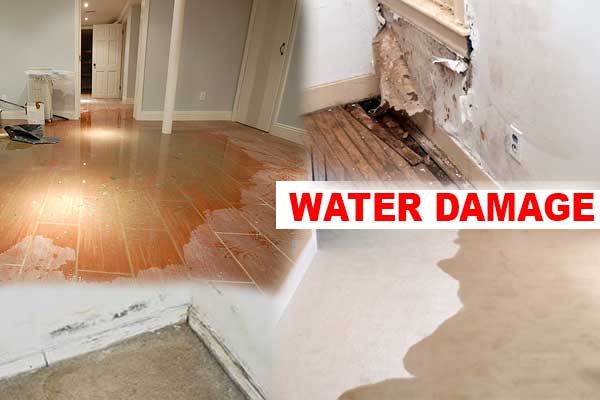Immediate Water Extraction Services to Prevent Structural Damage
Wiki Article
The Process of Water Damages Cleaning: Ensuring Your Home Is Brought Back Efficiently
Water damage can be a daunting challenge for property owners, demanding a organized and careful clean-up procedure to restore security and performance. Originally, a detailed analysis is important to determine the extent of the damage and establish the proper remediation steps. Following this, efficient water extraction methods play an essential duty in reducing further injury. The nuances of drying, disinfecting, and ultimate restoration are similarly necessary and frequently ignored. Understanding these phases can make a considerable distinction in the end result of your home's restoration, motivating a closer look at what each action requires.Evaluating the Damage
Upon finding water damage, the initial step is to thoroughly analyze the level of the effect. This preliminary examination is crucial, as it assists identify the necessary actions for efficient clean-up and restoration. Begin by evaluating the impacted locations, including walls, ceilings, floors, and personal belongings, to identify the resource of the water intrusion, whether from flooding, leakages, or condensation.Recording the damage is important for both insurance claims and planning restoration initiatives - damage restoration services. Usage photographs and written notes to catch the seriousness of the damages, noting any affected structural aspects and materials. Pay special interest to areas that may not be promptly noticeable, such as behind walls and under carpets, as hidden moisture can result in further complications, including mold development
Furthermore, evaluate the timeline of the water exposure. Eventually, a detailed analysis lays the groundwork for an effective water damage cleaning process, making certain that all affected locations are dealt with efficiently and thoroughly.
Water Extraction Strategies

Specialists usually use completely submersible pumps for bigger quantities of water, which can swiftly reduce flooding in basements or various other affected areas. For smaller sized amounts, wet/dry vacuum cleaners are frequently used to remove residual moisture from carpetings and hard surfaces. In addition, using mobile extractors enables targeted elimination in confined rooms or locations with delicate products.
In instances of polluted water, such as sewage or floodwater, advanced extraction methods may entail using biohazard tools to make sure safety and security and conformity with wellness regulations. High-powered extraction devices are essential in lessening water retention in structural products, which can bring about mold development and architectural damage otherwise addressed promptly.
Eventually, the efficiency of water removal strategies plays an essential duty in the general success of the water damages cleanup procedure, laying the foundation for succeeding remediation initiatives.
Drying and Dehumidification
When standing water has been properly extracted, the next essential phase in the water damages cleanup procedure is drying out and dehumidification. This action is crucial to avoid further damage and mold and mildew growth, which can take place within 24 to two days in moist environments.To achieve effective drying out, specialized tools such as industrial-grade air movers and dehumidifiers is employed. Air movers circulate air throughout wet surface areas, boosting evaporation prices, while dehumidifiers reduce humidity degrees in the air, promoting a favorable atmosphere for drying. The mix of these tools guarantees that dampness is drawn out from home furnishings, floors, and walls, allowing them to completely dry extensively.
It is very important to keep track of the drying out procedure closely. Specialists frequently utilize moisture meters to analyze the moisture web content in various products, guaranteeing that all affected locations get to acceptable dry skin degrees. This meticulous technique helps to avoid hidden dampness pockets that could cause architectural damages or harmful mold development.

Cleansing and Disinfecting
After the drying and dehumidification stage is total, the following crucial action in water damage cleaning is cleansing and sanitizing the affected areas. This process is vital to protect against the growth of mold, microorganisms, and various other pathogens that thrive in damp settings.The cleaning stage commonly includes eliminating any kind of debris, dust, and contaminants from surface areas using specialized cleaning up representatives. For difficult surfaces, a combination of soap and water or business cleansing items is commonly employed. Soft products, such as furniture and rugs, may require more comprehensive cleansing methods, including vapor cleansing or deep extraction strategies, to guarantee detailed hygiene.

Disinfecting follows cleansing, utilizing EPA-approved disinfectants to get rid of hazardous microbes. This action is necessary, especially in locations that might have entered into contact with floodwaters or sewer, as these sources can position severe health and wellness dangers.
Furthermore, it is essential to address any kind of staying smells, which may require making use of odor neutralizers or sophisticated techniques like ozone therapy. Proper cleansing and disinfecting not just bring back the security and health of your home yet additionally lay the groundwork for successful restoration and repairs in subsequent stages of the water damages cleaning procedure.
Restoration and Fixings

Once the analysis is total, remediation efforts can start. In addition, flooring may need comparable focus, depending on the degree of water direct exposure.
It is crucial to involve experienced reconstruction specialists throughout this process, as they have the expertise to handle complex repairs effectively. Moreover, they can assist reduce potential future problems, such as mold and mildew development or structural instability, therefore making sure a secure and habitable living atmosphere. Inevitably, effective repair and repair work bring back the home's stability and improve its general worth.
Conclusion
In conclusion, the process of water damages cleanup is crucial for restoring a home to its pre-damage problem. Each phase, from assessing the damages to applying reliable water removal methods, adhered to by extensive drying, sanitizing, and needed fixings, plays a crucial function in making sure safety and water damage conformity with structure criteria. Reliable execution of these actions not only minimizes prompt damage yet also improves the lasting integrity and value of the building.Water damages can be a daunting difficulty for homeowners, demanding a structured and thorough cleanup procedure to recover safety and security and performance. Eventually, an extensive assessment lays the foundation for an effective water damages cleaning process, making sure that all affected areas are attended to properly and completely.
Effective water extraction techniques are necessary in minimizing damages and protecting against more difficulties adhering to a water intrusion event.In conclusion, the procedure of water damage clean-up is vital for bring back a home to its pre-damage problem. Each phase, from examining the damages to implementing reliable water removal methods, adhered to by comprehensive drying, sterilizing, and needed repairs, plays an essential function in guaranteeing security and compliance with building requirements.
Report this wiki page